Conversions can be confusing, but they don’t have to be! Here’s what you need to know, including the answer to the question “how many ounces are in a quart?”
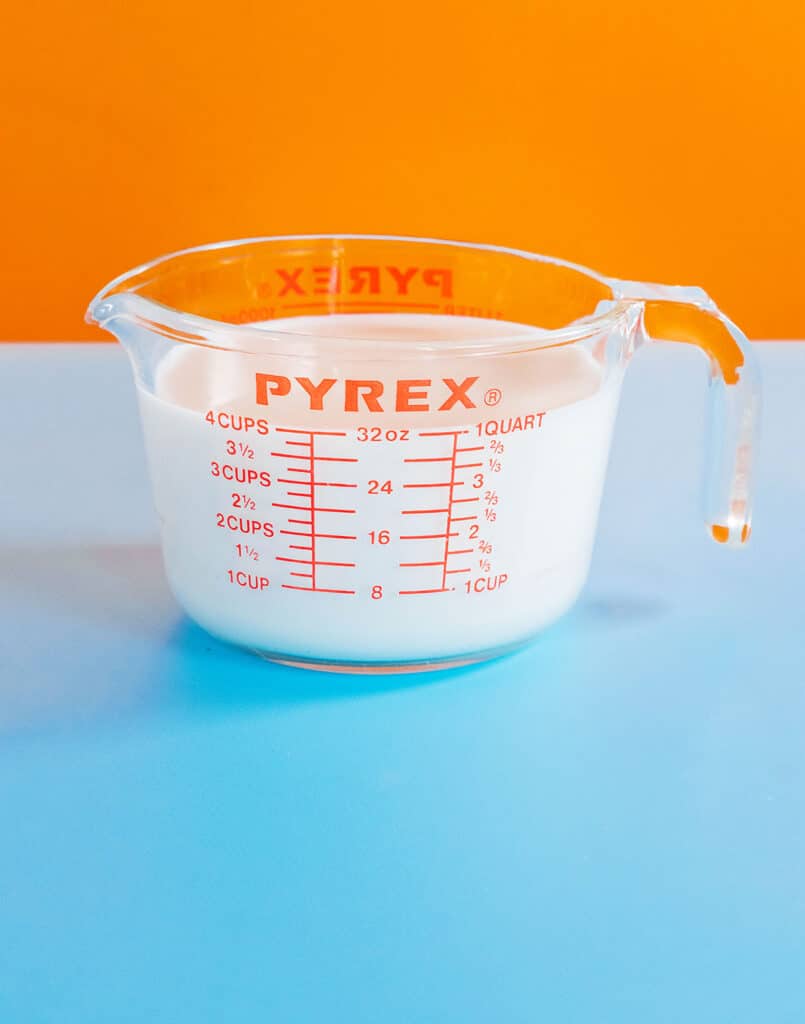
Have you ever tried doubling or halving a recipe, only to find that you’re not as cut out for on-the-fly measuring as you thought you were? Same here. Though many recipe conversions are easy to mess around with, certain ingredients require precise measurements. Knowing quick conversions can make the cooking process that much easier and the result that much more successful!
Today, we’re breaking down how many ounces there are in a quart. Though the answer is quick (there are 32 oz, or 1/4 of a gallon, in a quart), there is so much information behind this measurement.
What is an ounce?
The term ounce comes from the Roman term “uncia.” What’s an uncia? It was 1/12 of a Roman copper bar! These bars were used as measuring tools to calculate the length of an inch and the weight of an ounce.
Though the name hails from Rome, modern ounce weight and volume measurements come from Britain.
Let’s start with fluid ounces. A fluid ounce is 1/16th of an Imperial Pint and weighs 1/16 of a pound or 28.3 grams. In the apothecary system, an ounce was 480 grains or 1/12 of a pound. Is it any wonder Britain standardized on the metric system?
The United States, Liberia, and Myanmar are the three nations that still use Imperial measurements (and thus, the quart).
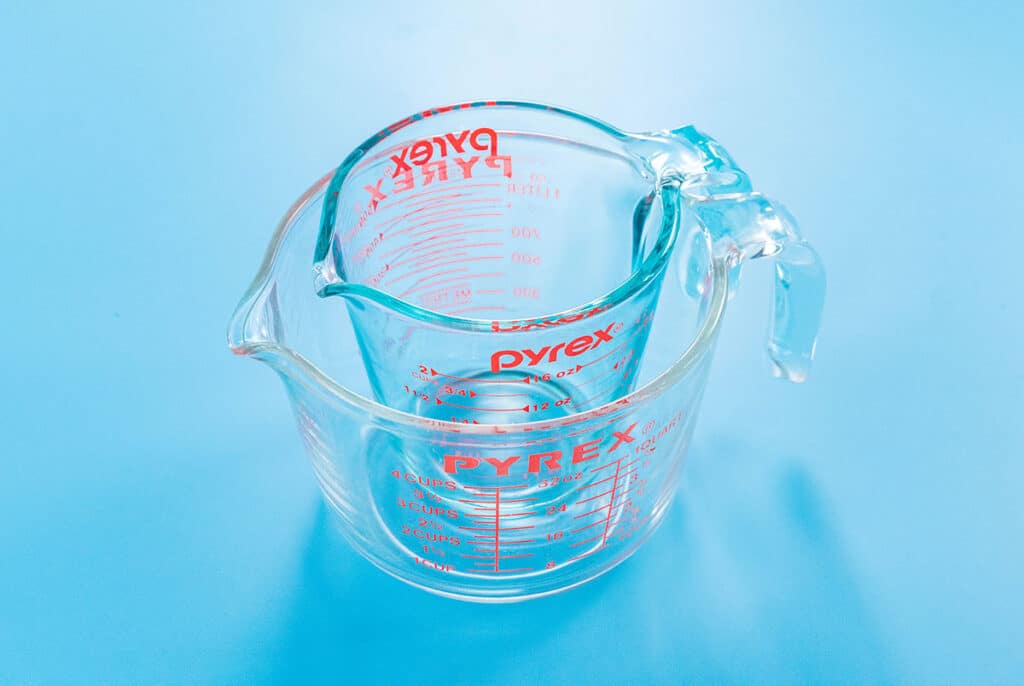
What is a quart?
The origin of “quart” is a bit clearer than that of ounces. The word quart comes from the Latin word Quartus meaning a fourth, and the later French word Quarte (or a 1/4 portion). In liquid measurements, this means 1/4 of a gallon.
Like other measurements, not all quarts are the same! An English quart is 38.43 ounces (unlike ours which is 32 oz). However, this makes sense when you consider the fact that their gallon is 153.72 oz (versus our 128 oz).
Though in both cases a quart is 1/4 of a gallon, the measurements are different due to varying gallon sizes (similar to liters in a gallon).
In both Imperial and Metric systems, 2 pints equal 1 quart. Today, England, Canada, Australia, and New Zealand rarely use the quart measurement (unlike the pint, which they use frequently for ordering beers). These nations have all gone to the metric system using the liter as the closest measure to a quart.
Quick Conversions
| 8 fl oz | 1 cup | 1/2 pint | 1/4 quart | 1/16 gallon |
| 16 fl oz | 2 cup | 1 pint | 1/2 quart | 1/8 gallon |
| 32 fl oz | 4 cup | 2 pint | 1 quart | 1/4 gallon |
| 64 fl oz | 8 cup | 4 pint | 2 quart | 1/2 gallon |
| 128 oz | 16 cups | 8 pints | 4 quarts | 1 gallon |
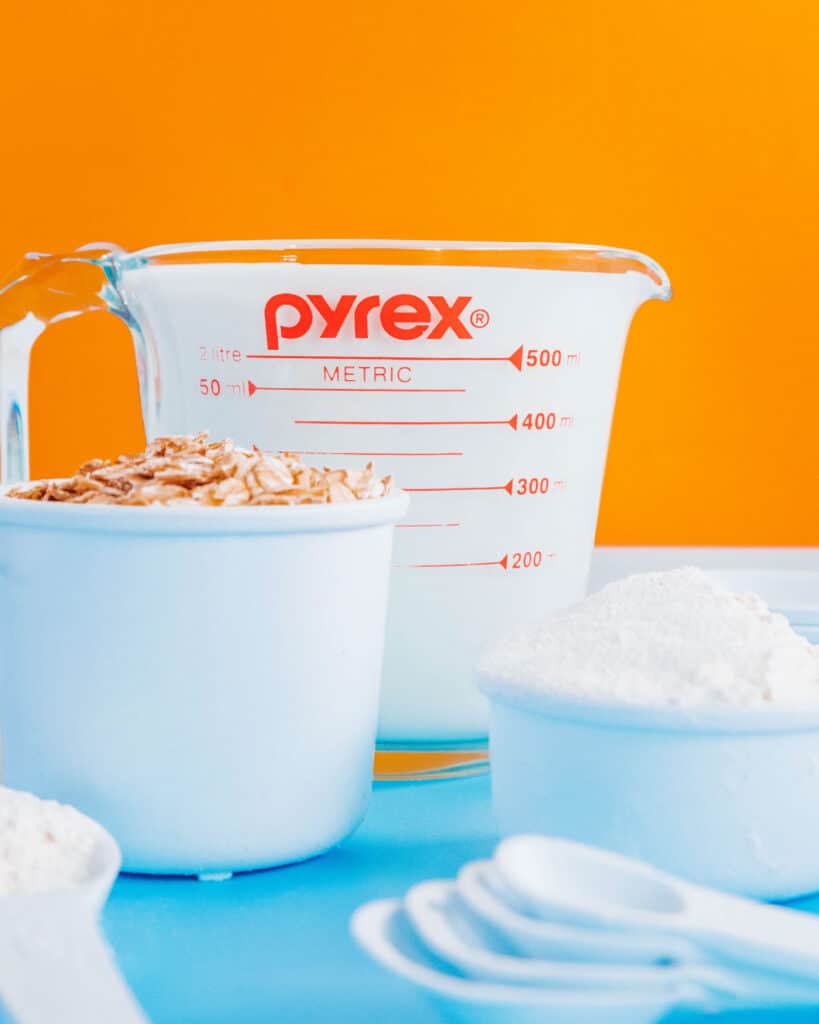
Measuring an Ounce and a Quart Internationally
Now that you know how many ounces are in a quart let’s take a look at some of the different ways to measure a quart around the world!
As mentioned previously, in U.S. measurements, a quart is 946 ml.
In Australia, Canada, and New Zealand, a quart is defined as 40 imperial ounces. This is equivalent to 38.43 U.S. fluid ounces, so it’s a little bit different than the quart in the United States. In short:
- 1 fluid Quart (US) = 38.4 fluid Ounces (US)
- 1 fluid Quart (UK) = 40 fluid Ounces (UK)
Wet vs Dry Quart
Wet and dry ingredients cannot be measured the same because they are vastly different. They have different densities and need to be measured instead by volume.
Liquid is less dense than solid, so it takes up more space. This is why a liquid quart contains 32 oz, while a dry quart has 37.23 oz. Here are conversions for common ingredients for ounces to cups!
Fluid Ounces (Fl Oz) vs Dry Ounces
The difference in measuring liquids and solids of course extends to ounces as well. For quick ounce to quart measurements, here is a table for quart to liquid and dry ounces:
| Quart | Liquid Ounce | Dry Ounce |
| 1/8 | 4 | 4.65 |
| 1/4 | 8 | 9.30 |
| 1/2 | 16 | 18.61 |
| 1 | 32 | 37.23 |
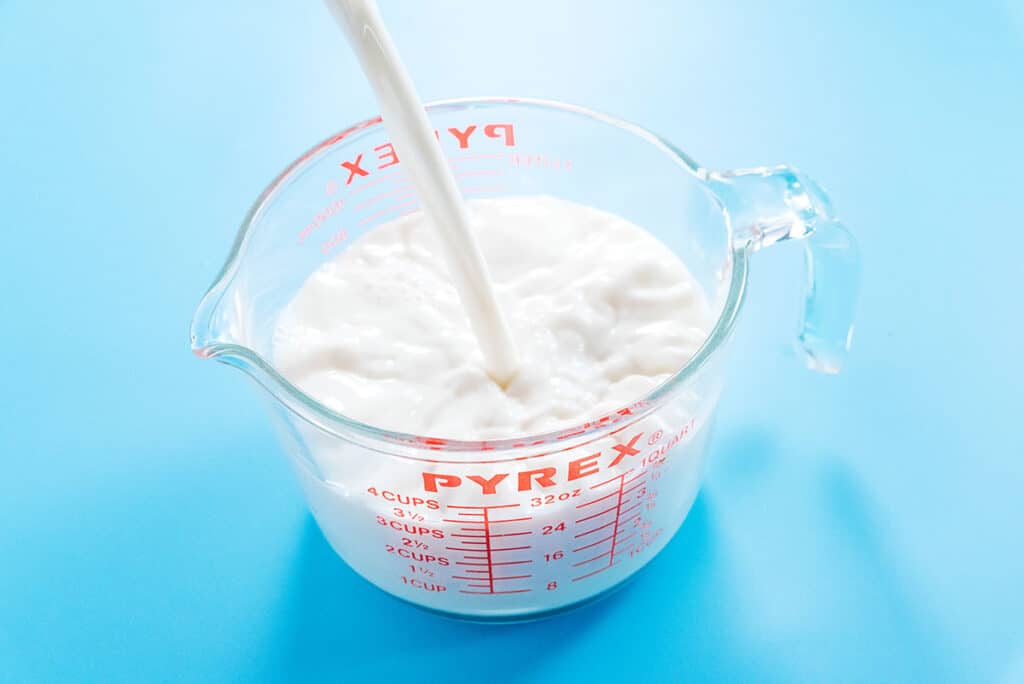
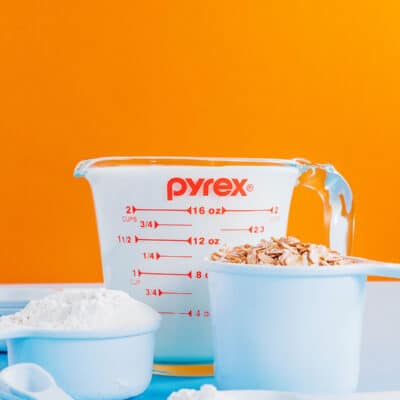
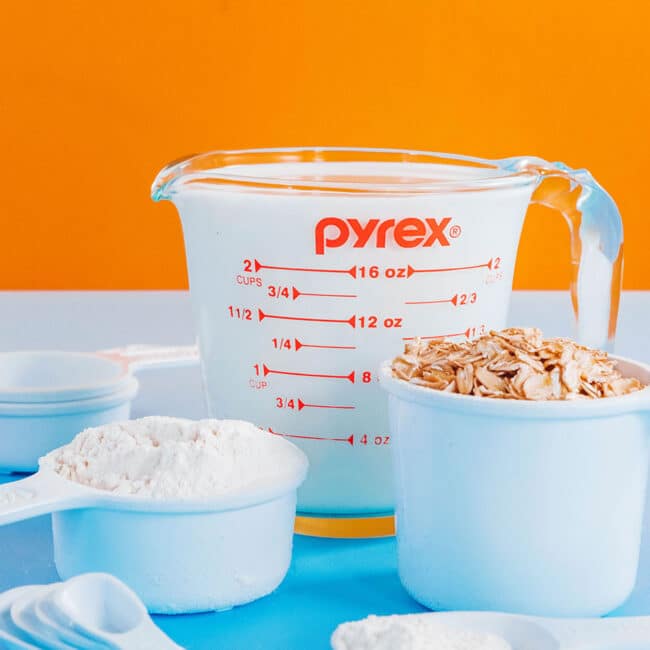
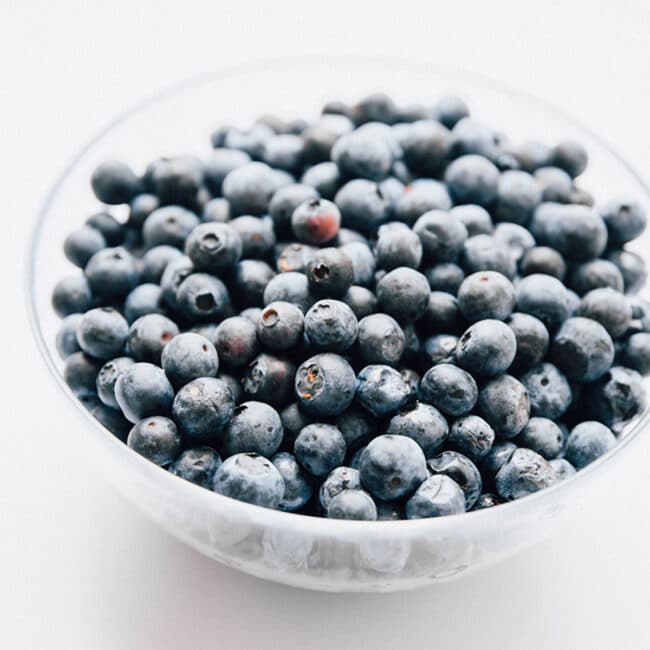

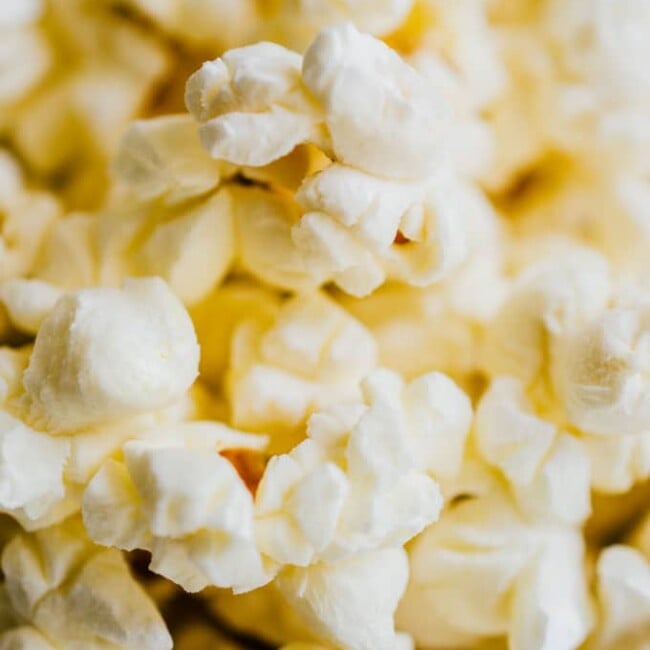
Leave a Comment